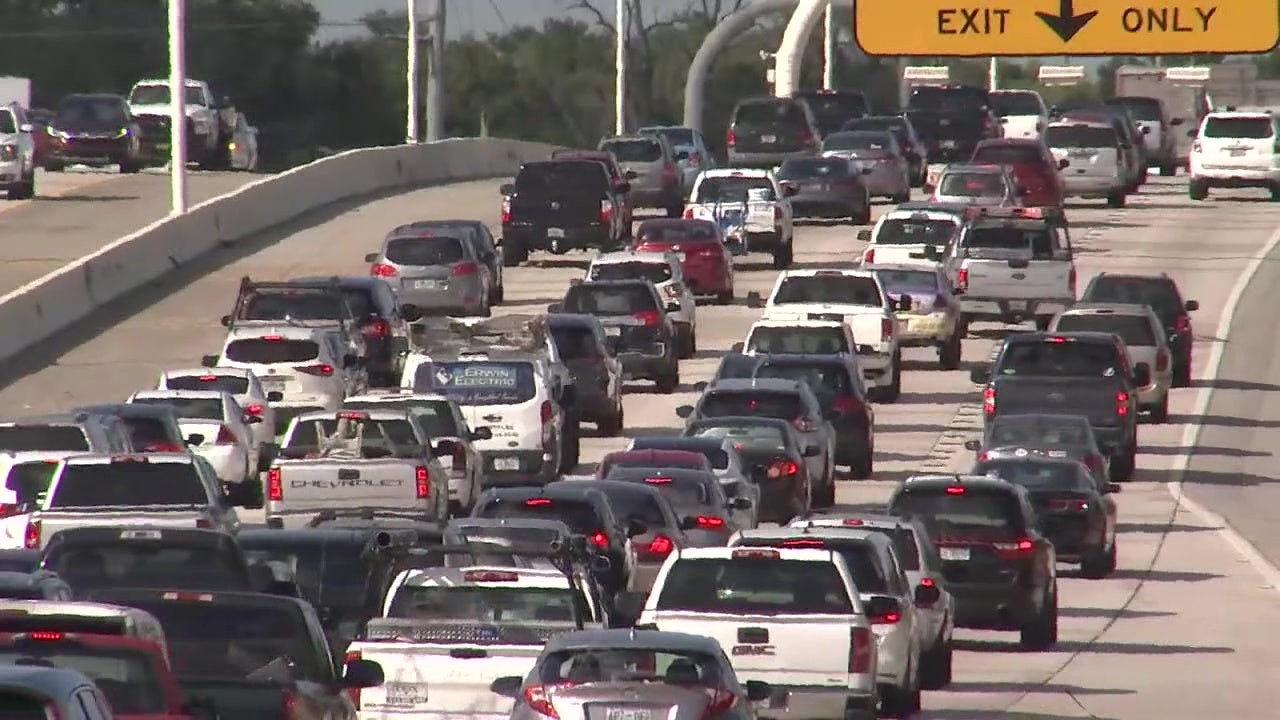A version of this story first appeared in CNN Business’ Before the Bell newsletter. Not a subscriber? You can sign up right here. You can listen to an audio version of the newsletter by clicking the same link.
Washington
CNN
—
A vast swath of the US economy is showing signs of weakness as unemployment rises to its highest point in more than two years.
Consumer demand seems to have tapered off so far this summer, according to surveys of American businesses that sell any kind of service to make a profit, ranging from restaurants to dental clinics. That weakness is also evident in the latest spending figures — a far cry from last year’s lucrative summertime spending spree when Americans shelled out for films and high-profile concerts.
The Institute for Supply Management’s latest monthly survey that gauges economic activity in the services sector showed that so-called new orders and overall economic activity unexpectedly slipped into contraction territory last month. The headline index fell to a reading of 48.8 in June from 53.8 in May as the new orders sub-index saw an even steeper decline, down to 47.3 from 54.1. (A reading above 50 indicates expansion while anything below that threshold points to a contraction.)
This apparent slowdown in demand, if it persists for long enough, could translate into service-providing businesses hiring at a slower pace and possibly slashing jobs. The overwhelming majority of employment in the United States is considered service-providing, specifically 86% of the 158.6 million total US jobs as of June.
“When you think of services, a lot of it is driven by the consumer, and consumers are key to where the US economy goes,” James Knightley, chief international economist at ING, told CNN. “We’re starting to see stress in more and more households.”
The US consumer is indeed under pressure, grappling with still-high inflation, the highest interest rates in more than two decades, depleted pandemic savings (according to some measures), and a growing load of debt. Consumer spending, which makes up about 70% of the US economy, has already moderated over the past few months, government statistics show, and retailers themselves have said they’ve noticed shoppers across the income spectrum change their purchasing behavior.
A food services business surveyed by ISM said “sales and traffic remain soft compared to last year,” blaming “high gas prices in California and constant news about inflation and restaurant menu prices.” Spending at restaurants and bars declined 0.4% in May, according to the latest Commerce Department figures on retail sales. A retail company told ISM: “With inflation continuing, will customers have enough discretionary funds to spend?”
Knightley provided CNN an analysis of government data showing that Americans in the top 20% of earners were responsible for a large share of spending on services related to transportation (air travel and cruises), recreation, food and finance. The bottom 60% of households by income accounted for a larger proportion of spending on health care services.
But it takes time before slowing demand translates into slower hiring or layoffs because businesses have to determine if they didn’t just deal with a bad month or two, perhaps even a bad quarter, Scott Hamilton, global chairman of human resource and compensation consulting at Gallagher, told CNN.
Service-providing businesses have already been hiring at a weaker clip. These firms have added 168,000 jobs a month, on average, from April through June, according to fresh Labor Department data released Friday. That’s much lower than the average for the prior three months, from January through March, which was 241,000 jobs. Last year, the average monthly job gain in the services industry was 228,000 jobs. Hiring trends, of course, vary within the services sector, a huge slice of the job market.
Last month, retail trade employment shrunk for the first time since November while temporary help services contracted by 48,900 jobs, dragging down the broader professional and business services super sector, which lost 17,000 workers. Health care has been one major bright spot for the services sector, adding jobs at a brisk pace for the past few decades, excluding a drop off in 2020 due to the Covid-19 pandemic, but even then, some businesses in that industry have recently noticed softening demand.
“Demand for services has moderated after near-record patient levels in the last month,” a health care and social assistance firm said in the latest ISM survey.
The job market staged a stunning comeback when the broader US economy recovered from the Covid-19 pandemic, eventually leading to unemployment falling to a half-century low of 3.4% in 2023 for the first time. It’s loosened up recently, however, with unemployment now at 4.1%, the highest level since November 2021, and new applications for jobless benefits on an upward trend. Fed officials are keeping a close eye for any alarming signs of weakness in the job market as they await for further evidence that inflation will continue to slow without an unexpectedly hot economy sabotaging that.
For the first time ever, Tesla cars have been placed on a Chinese government purchase list, according to state-owned media outlet Paper.cn.
Tesla is the only foreign-owned EV car brand on the purchase catalog published by the government of Jiangsu province in eastern China. The other brands mentioned include Volvo, owned by China’s Geely, and state-owned SAIC, reports my colleague Laura He.
That means that government agencies and public groups in the province can procure them as service cars, highlighting the cozy relationship China has with Elon Musk’s company.
The development has gone viral on Chinese social media, with some users questioning if foreign cars should be considered for use by the government.
The Jiangsu government has tried to ease such concerns by saying that the Tesla model is “a domestic car, not imported,” according to a report by state-owned National Business Daily on Thursday, citing a government employee.
Tesla, which has a massive gigafactory in Shanghai, manufactured some 947,000 cars in China in 2023, and most of them were used locally.
Tuesday: Federal Reserve Chair Jerome Powell testifies before the Senate Banking Committee. Fed officials Michael Barr and Michelle Bowman deliver remarks. China’s National Bureau of Statistics releases June inflation data.
Wednesday: Federal Reserve Chair Jerome Powell testifies before the House Financial Services Committee. Chicago Fed President Austan Goolsbee delivers remarks.
Thursday: Earnings from Pepsico, Progressive, Delta Air Lines and ConAgra Brands. The US Labor Department releases its Consumer Price Index for June, and reports the number of new applications for jobless benefits in the week ended July 6. Atlanta Fed President Raphael Bostic delivers remarks. China’s customs agency releases June data on trade flows.
Friday: Earnings from JPMorgan Chase, Wells Fargo, Citigroup and The Bank Of New York Mellon. The US Labor Department releases its Producer Price Index for June. The University of Michigan releases its preliminary reading of consumer sentiment in July.










